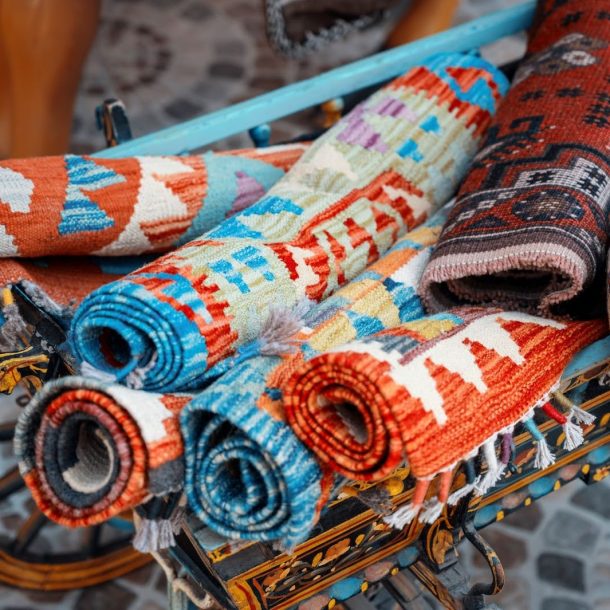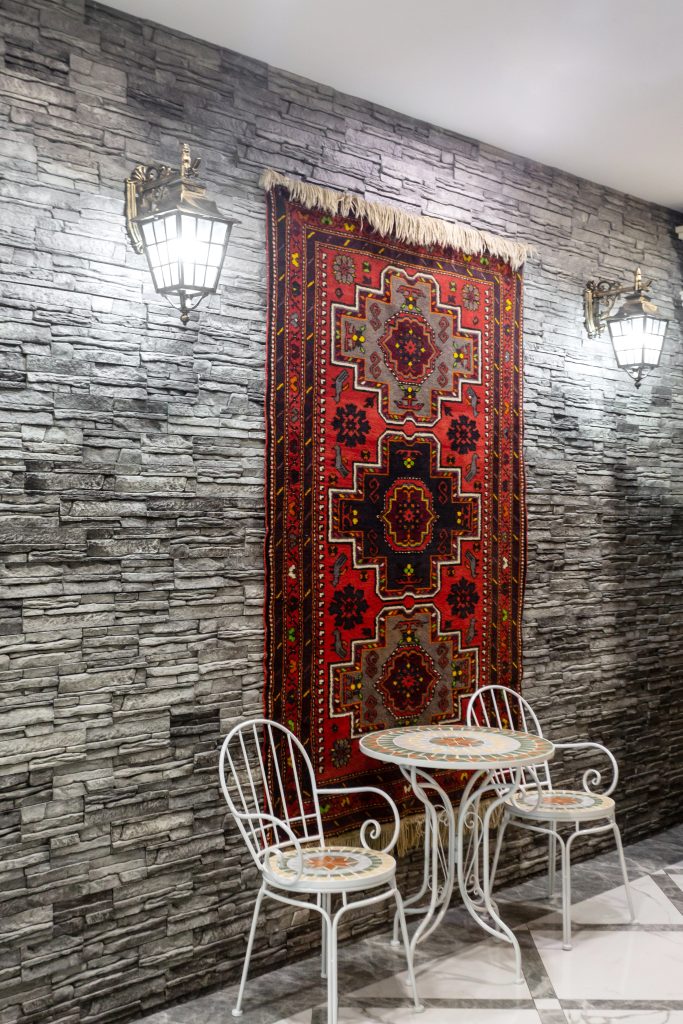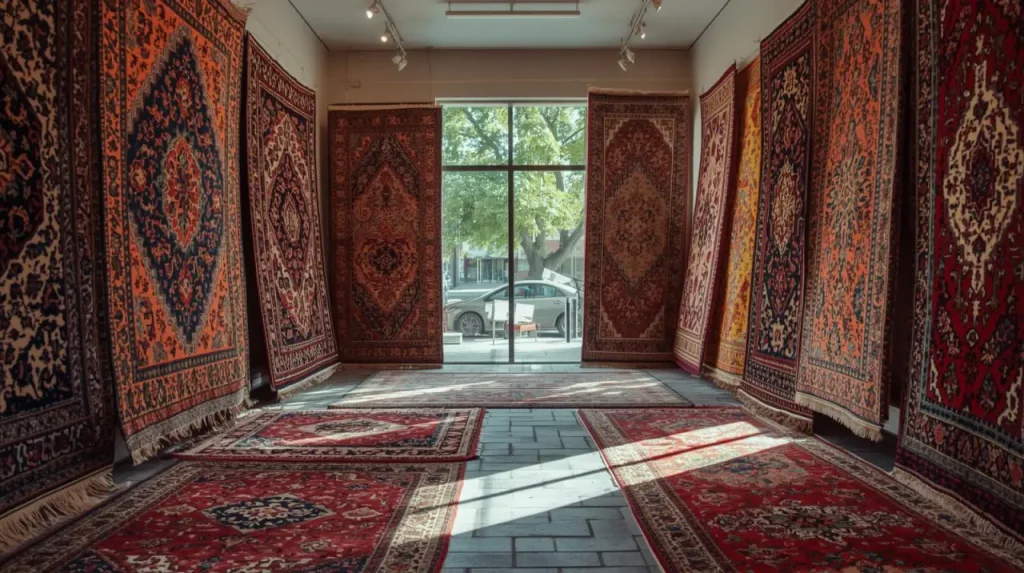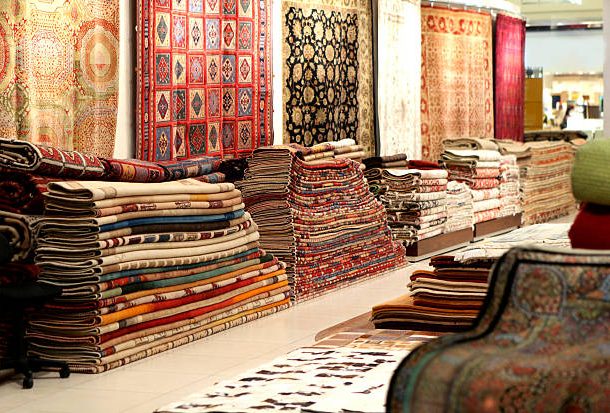
Rug Website Design: What Every Rug Business Needs to Convert Visitors
Rug Website Design: What Every Rug Business Needs to Convert Visitors
Your website is your showroom—only bigger, more accessible, and open 24/7. For rug businesses, a well-designed website isn’t just about looking pretty. It’s about converting visitors into serious buyers.
Whether you sell antique Persian rugs, Oriental Oushak rugs, or modern collections, your website must handle high-value products with clarity, trust, and functionality. At Danabak, we specialize in rug website design and eCommerce optimization. Let’s explore what every rug business website needs to turn visitors into paying customers.
Why Rug Website Design is Different
Unlike standard eCommerce, rug websites face unique challenges:
- High price point: Rugs are luxury investments, not impulse buys.
- Detailed product information: Buyers need dimensions, origins, materials, and care instructions.
- Visual appeal: Customers must see textures, colors, and patterns clearly.
- Trust factor: Rug buyers worry about authenticity, shipping, and returns.
A good rug website answers these concerns instantly.

Key Features Every Rug Business Website Needs
1. Advanced Rug Filtering & Search
Rugs come in countless sizes, colors, styles, and origins. Your site must allow buyers to:
- Filter by size (5×7, 9×12, oversized, runners).
- Filter by color palette (blue, red, neutral).
- Filter by origin (Persian, Turkish, Moroccan).
- Filter by material (wool, silk, cotton).
Without this, visitors leave quickly because they can’t find what they want.
2. High-Quality Rug Photography & Zoom Tools
Rug buyers want to see the texture and weave up close. Every product page should include:
- Multiple angles (front, back, detail shots).
- Zoom-in capability.
- Room view mockups (how the rug looks styled in a living room).
- Option for AI visualization → upload your room photo and preview rugs (something Danabak integrates via Larina AI).
3. Rug Product Pages that Build Trust
Every product page should have:
- Title with rug style, origin, and size (“Antique Persian Kashan Rug 9×12 – Hand-Knotted”).
- Detailed description (age, knot count, material, condition).
- Pricing transparency.
- Availability (in stock, limited, or one-of-a-kind).
- Badges: Free shipping, secure checkout, authenticity guarantee.
4. Conversion Rate Optimization (CRO) for Rug Stores
Great rug websites don’t just look good—they convert. Add:
- Sticky “Add to Cart” button on mobile.
- One-click checkout with PayPal/Stripe.
- Trust badges: Verified seller, Google Partner, SSL secure.
- Clear return policies (rug buyers want reassurance).
5. Local & Global SEO Integration
Your rug website should be designed with SEO in mind:
- Optimized URLs: /persian-rugs/antique-kashan-9×12
- Schema markup for products & reviews.
- Fast load speed (compress images to WebP/AVIF).
- Local landing pages (“Persian Rug Store Charlotte NC”).
6. Storytelling Sections for Antique Rugs
Rug buyers care about history and craftsmanship. Add storytelling elements:
- “The story of this rug” → cultural origin, weaving style.
- “Meet the weavers” → artisan stories.
Blog integration for content marketing.

Case Study: Rug Website Redesign Success
One rug gallery we worked with had a cluttered website that confused buyers. After redesigning with advanced filters, SEO-focused pages, and rug visualization tools:
- Bounce rate dropped 42%.
- Online sales increased by 63% in 6 months.
- Customers spent longer browsing (average time on site doubled).
Final Thoughts
A rug website isn’t just a catalog—it’s a sales engine. With the right design, SEO, and conversion features, your website can compete with giants like RugsUSA and Rugs.com while showcasing the unique value of your rugs.
At Danabak, we design and optimize websites specifically for rug businesses. From advanced filtering and rug visualization tools to conversion optimization, we make sure your site doesn’t just attract visitors—it sells rugs.
CTA: Get a Free Rug Website Design Review with Danabak Today
5 FAQs
Q1: What features should a rug business website have?
Advanced filtering, high-quality photography, detailed product pages, and trust signals are must-haves. Danabak builds all these into rug websites.
Q2: Why is website design important for rug businesses?
Because rugs are high-ticket items, buyers need trust and detailed visuals before purchasing. A well-designed site boosts conversions.
Q3: Can AI tools help rug websites sell more?
Yes. AI visualization lets customers upload their room photos and preview rugs, increasing confidence and reducing returns.
Q4: How fast should a rug website load?
Under 2.5 seconds. Rug websites often use large images, so optimization with WebP/AVIF is key.
Q5: Why choose Danabak for rug website design?
Because Danabak specializes in rug marketing and understands the unique challenges of selling high-value rugs online.
Read More: Content Marketing Ideas for Antique & Oriental Rug Businesses








